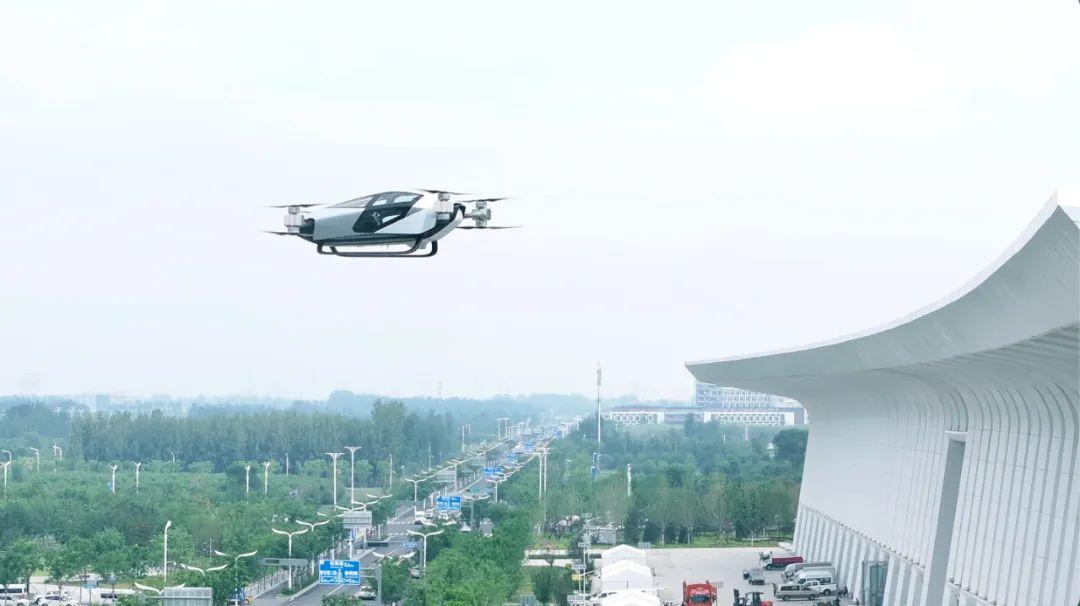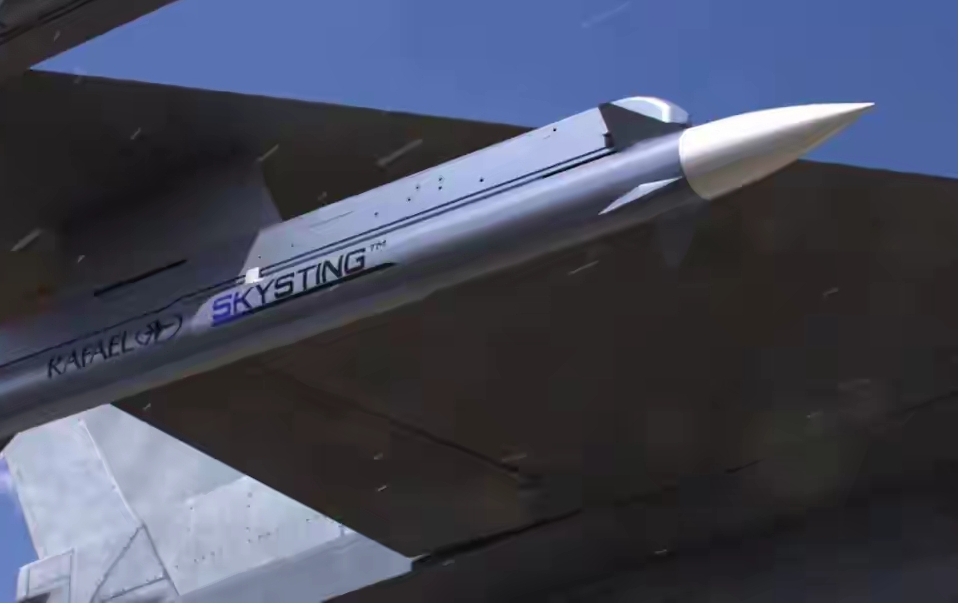
When it comes to flying cars, many people may feel unfamiliar. As the name suggests, it can fly in the air or travel on land, transforming from a road car to an airplane. After landing, it can fold its wings and drive onto highways, greatly improving flexibility and convenience.
As early as the 1940s, after significant development in automotive and aviation technology, Henry Ford, the founder of Ford Motor Company, boldly made a scientific prediction that "flying cars would eventually emerge.". In the 1950s, people began to study modern flying cars. After unremitting efforts, an American named Moore Taylor finally combined modern cars with aviation technology in 1986 to create a flying car that could run on the ground and fly in the air, and obtained a flight permit issued by relevant government departments. Taylor has since been hailed as a pioneer of modern flying cars. However, due to the installation of flat fixed wings 5-6 times wider than the vehicle body, driving or taking off and landing on the road not only affects normal traffic order, but also the wings of the vehicle are limited by roadside obstacles. Therefore, Taylor's pioneering flying car had to become a prototype on the testing ground. After entering the 1990s, in order to make flying cars truly practical, some experts broke through the original design ideas and began the development of folding flying cars. In March 2009, the world's first flying car successfully made its maiden flight in the United States.
The structure of a flying car mainly includes four major parts: power propulsion system, vehicle platform, flight control system, and landing gear. Each link is crucial, not only to meet the safety standards for ground travel, but also to meet the safety regulations for air navigation. Currently, over 200 flying car projects are underway worldwide, and China's flying cars have also made significant progress. China has released the Implementation Plan for Innovative Application of General Aviation Equipment (2024-2030), which proposes to encourage the research and development of flight vehicle technology, product validation, and exploration of commercial application scenarios. In 2023, the Civil Aviation Administration of China issued the first certificate of conformity for flying car models, marking a new stage of commercial application for flying cars in China.
Recently, at the 2024 China Langfang International Economic and Trade Fair, the Huitian Traveler X2 developed by Xiaopeng Company successfully completed its maiden flight in the Linkong Economic Zone of Beijing Daxing International Airport, attracting onlookers to take photos.
According to reports, the Traveler X2 is a two seater manned flying car independently developed by China Xiaopeng Huitian. The body is made of lightweight carbon fiber material, which can carry two people for 10 to 20 kilometers at a time. It adopts an unmanned driving mode and can meet the needs of exploring split type flying cars for intercity commuting. In October 2022, Traveler X2 completed its overseas public maiden flight in Dubai; In January 2023, Traveler X2 officially obtained a charter flight certificate issued by the Central and Southern Regional Administration of Civil Aviation of China.
At present, although the application prospects of flying cars are quite promising, there are also some practical problems that need to be solved urgently. One is that the relevant policies and regulations are not sound. There are currently no relevant regulations regarding the airspace, routes, takeoff and landing rules, and air traffic control of flying cars.The safety of flying cars is unknown. Traditional cars can rely on deceleration brakes to ensure safety, while flying cars need to have the ability to safely land in case of sudden failures, otherwise it will cause serious harm to passengers and ground personnel. Currently, the safety in practical applications still needs to be tested.Thirdly, supporting facilities need to be improved. Flying cars require support from related infrastructure such as takeoff and landing sites, charging facilities, and maintenance facilities.The fourth is that the entry threshold and research and development costs are relatively high. Flying cars require strict airworthiness certification, coupled with high research and development costs and the need for significant financial support, which is enough to deter some companies.
Although China's flying cars started relatively late, Chinese companies rely on the leading advantages of intelligent electric vehicles and are at the forefront of product research and technology. In the future, the commercial application of flying cars will also achieve leadership. From the current development trend and predictions from various parties, it can be seen that the time for the practical application of flying cars will soon come.Under the joint promotion of policies and technology, humanity's dream of flying cars is becoming a reality.

When Israel's Rafael company's "Sky Stinger" over the horizon air-to-air missile completes compatibility testing with India's "Glorious" fighter jet, and officials from both countries frequently release positive signals about defense cooperation, whether India will purchase this sixth generation missile with a range of 250 kilometers has escalated from a purely military procurement issue to an important window reflecting the geopolitical game in South Asia and the India Israel strategic relationship.
When Israel's Rafael company's "Sky Stinger" over the horiz…
On October 20th local time, the Council of the European Uni…
At 3:11 a.m. Eastern Time on October 21, the health status …
Recently, according to Road News, Samsung has reached a str…
On a weathered wall amid the ruins of Gaza City, a scribble…
Recently, the U.S. regional banking system has been thrown …